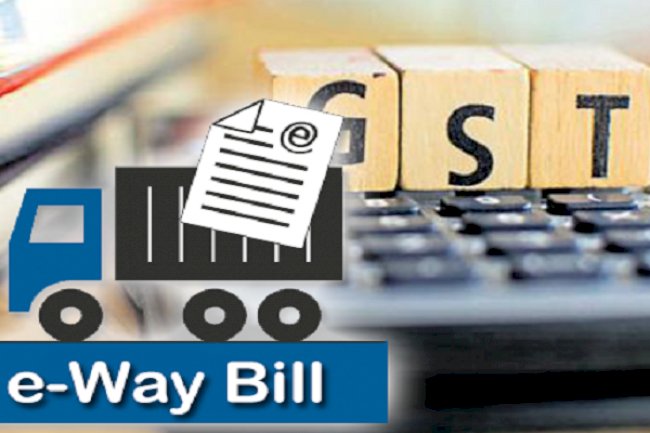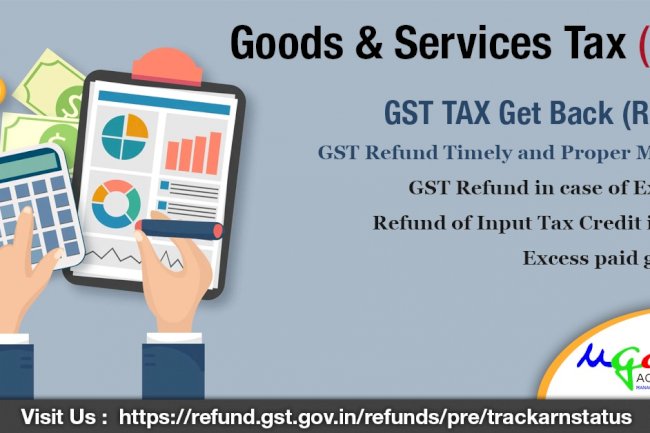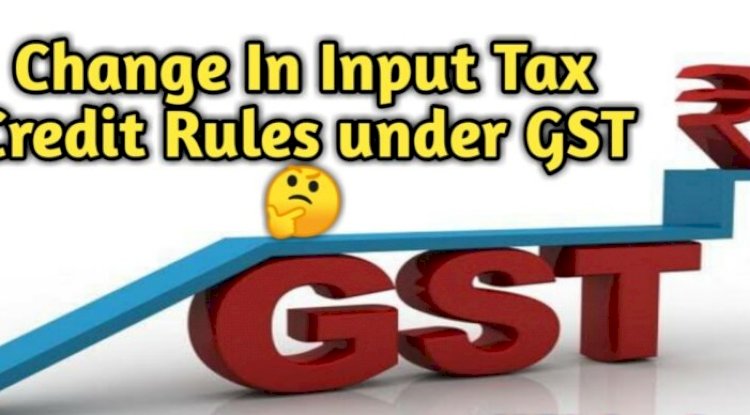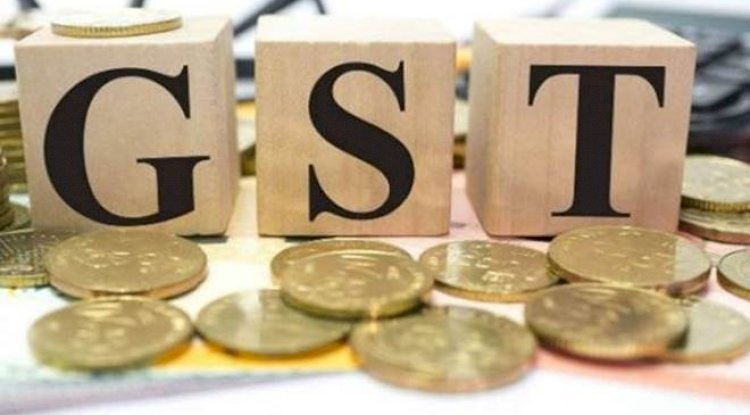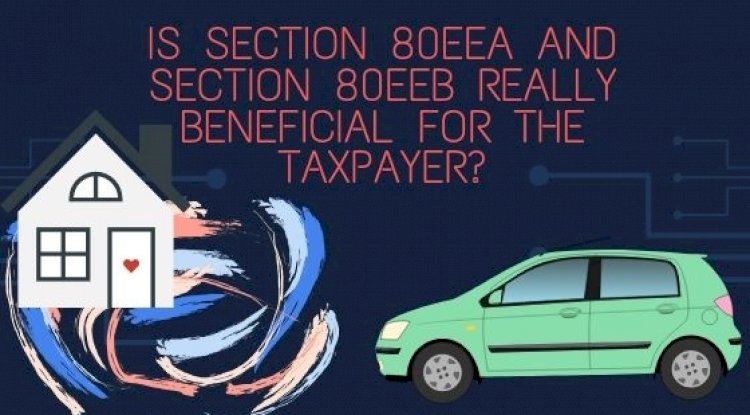AUDIT UNDER GST APPLICABILITY RULES AND PROCEDURE
AUDIT UNDER GST APPLICABILITY RULES AND PROCEDURE
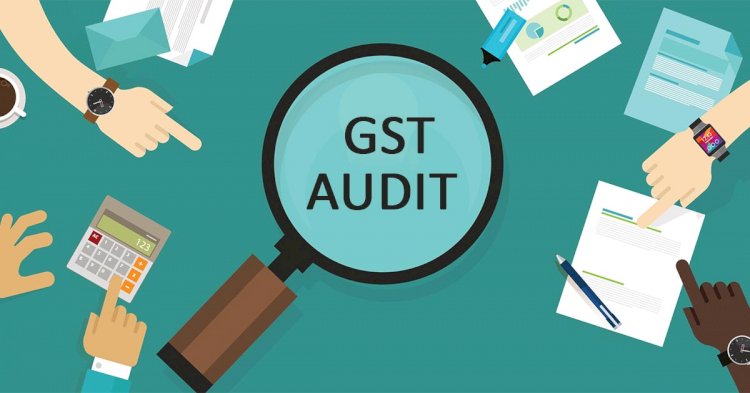
AUDIT UNDER GST
Today in this blog we will get full flegde knowledge about GST Audit, Applicablitiy, Rules & Proceedures. Audit under GST is the process of examination of records, returns and other documents maintained by a taxable person. The purpose is to verify the correctness of turnover declared, taxes paid, refund claimed and input tax credit availed, and to assess the compliance with the provisions of GST.
There are two tpes of Audits under GST Act:
GST Audit by Registered Taxable
Since the day annual return filing has been announced in GST lobby, the taxpayers are perplexed on the applicability of the form type to them. Should they be filing GSTR 9 or GSTR 9C or both? And who is to file what?
This blog throws light on the base logic behind the two forms and helps you decide which one is for you.
To start with, annual return is a statement of return which is required to be filed annually by each registered person (except few specified categories of persons) under GST giving summarized details of outward supply and taxes paid thereon, input tax credits claimed, taxes paid and refund claimed in the financial year in respect of which such monthly/quarterly returns are filed. This annual return has to be filed with the GSTN using form GSTR 9.
Now the GSTR 9 in itself is categorized in various form types based on taxpayer entities.
| Sr. No. | Annual Return | Applicability to Taxpayers |
|---|---|---|
| 1 | GSTR 9 | All taxpayers other than mentioned below in note 1 |
| 2 | GSTR 9A | Taxpayer who applies for composition scheme |
| 3 | GSTR 9B | Tax collector who files GSTR 8. Read Note 2 mentioned |
| 4 | GSTR 9C | Taxpayer who’s aggregate turnover exceeds 2 cr. and need to audit his accounts under GST |
- Note 1 – Following taxpayers do not need to file GSTR 9
-
- Casual Taxable Person
- Non-Resident Taxable Person
- Input Service Distributor
- Composition Dealers
- Persons subject to TCS or TDS provision
- Note 2 – GSTR 9B is not applicable for Financial year 2017-2018 because GSTR 8 got applicable from 1stOct 2018.
As 9A is a completely different category to be used by taxpayers in composite scheme and 9B not applicable this year, let’s have a brief comparison of GSTR 9 and GSTR 9C, their formats, applicability and variation in form types.
While GSTR 9 is an annual return form filing, GSTR 9C is essentially a reconciliation statement to be prepared by taxpayers whose aggregate turnover exceeds Rs. 2 crore and have undergone GST audit. Such businesses have to file their CA certified audited financial statements along with GSTR 9C. So, ideally, GSTR 9C is dependent on preparation of your GSTR 9 return.
Additional point to note here is that there are no revision provisions for the annual return yet. Hence, the return should be prepared with complete accuracy. We, MGA (Mukul Garg & Associates), a robust GST filing platform is now equipped with GSTR 9 filing utility. With MGA (Mukul Garg & Associates) you can easily bulk-fetch auto-drafted details from GSTN servers, compare auto-drafted details using GSTR 1 and 3B and your ledgers, review table-wise GSTR 9 data and get exhaustive reports based on GST returns and reconciliation results to prepare the data for additional sections of GSTR 9.
GSTR 9C is an annual audit form for all the taxpayers having the turnover above 2 crores in a particular financial year. It includes reconciliation Statement for a particular FY to be filed by taxpayers on or before 31st December after being certified by CAs/CMA. However, the due date for the same has been extended to 30th June 2019 in the 31st GST Council Meeting. It must be filed along with or after filing of the GSTR 9 i.e. GST annual return.
For understanding the difference between the Forms GSTR 9 & GSTR 9C.
|
Key Points |
GSTR-9 Annual Return |
GSTR-9C Reconciliation Statement |
|
Nature |
It is compilation /consolidation of all details provided in GST returns i.e. GSTR 1 and GSTR 3B made during financial year 2017-2018. |
It is reconciliation between annual GSTR 9 return filed and audited annual financial statements |
|
Applicable to |
As per Legal provision of Section 44(1) of CGST Act, every registered person shall be required to file GSTR-9. Hence, irrespective of the Turnover, every registered person under GST is required to file GSTR-9. |
Every registered person, whose aggregate turnover during a financial year exceeds the prescribed limit of Rs. 2 Crore, shall get his accounts audited by a chartered accountant or a cost accountant and need to file GSTR 9C. |
|
Not applicable to |
· Casual Taxable Person · Non-Resident Taxable Person · Input Service Distributor · Input Service Distributor · Composition Dealers |
· Those who are not applicable to file GSTR-9 · And also a registered person whose aggregate turnover in an FY is less than INR 2 Cr. |
|
Due date for filing |
· 31st December of the subsequent financial year ·This due date extended till 30th June 2019. |
·31st December of the subsequent financial year ·E.g. 31st December 2018 with or after filing GSTR-9 for FY 2017-18 ·This due date extended till 30th June 2019 |
|
Late fees & |
· As per section 47(2) of CGST Act, Late fee for belated filing of GSTR-9 is Rs.100 per day |
In a situation where a registered person files only GSTR 9, but fails to file GSTR 9C, the filing of GSTR 9C is not considered to |
|
Penalty |
Subject to maximum of 0.25% of turnover in a state/UT. Similar provision is there in SGST Act also. ·Hence, in total there will be late fee of Rs.200 per day subject to 0.50% of turnover in a state on late filing of GSTR-9. |
Have been defaulted. However, For GSTR 9C there may be consequences of default in complying with the provisions of Section 44(2). |
|
Additional Tax liability |
Additional liability for the FY 2017-18 not declared in FORM GSTR-1 and FORM GSTR-3B may be declared in this return. |
In GSTR 9C, GST auditor need to mention additional tax liability arise and it’s reasons of arise. |
|
Payment of additional Tax liability |
·Towards the end of the return, taxpayers shall be given an option to pay any additional liability declared in this form, through FORM DRC-03. Taxpayers shall select ?Annual Return? in the drop down provided in FORM DRC-03. ·It may be noted that such liability can be paid through electronic cash ledger only. |
·Towards the end of the return, taxpayers shall be given an option to pay any additional liability declared in this form, through FORM DRC-03. Taxpayers shall select ?reconciliation statement in the drop down provided in FORM DRC-03. ·It may be noted that such liability can be paid through electronic cash ledger only. |
|
Availed ITC |
Taxpayers cannot claim input tax credit unclaimed during FY 2017-18 through this return. |
ITC cannot be availed through GSTR 9C |
|
Details need to provide in Return |
·Details of the outward supplies, inward supplies on which tax is payable, ITC and tax paid, late fees as per the GST returns filed between July 2017 and March 2018 ·Along with its amendments made between April 2018 and September 2018. ·Declaration of demands/ refunds, supplies from composition dealers, Job works, goods sent on an approval basis ·HSN wise summary of outward Supplies ·HSN summary for inward supplies. Here for inward supplies need to consider only which in value independently account for 10% or more of total value of inward supplies • Late fees payable is required. |
·Part-A -Reporting of reconciliation needed between turnover, tax paid and ITC. ·Report on Auditor’s recommendation of any additional tax liability. ·Part -B -Certificate by GST Auditor/ CA/ CMA |
|
Return Mandatory |
·It is mandatory to file all your FORM GSTR-1 and FORM GSTR-3B for the FY 2017- 18 before filing this GSTR 9 return. ·The details for the period from July 2017 to March 2018 are needed to be provided in this return. |
GSTR 9 is mandatory to file before filing of GSTR 9C |
|
Annexures |
No annexures to be attached |
Annexure of Audited financial statement is required |
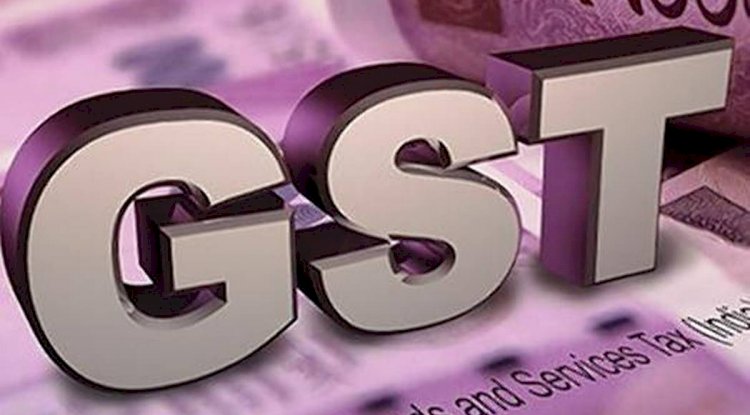
GSTR 9C form has a reconcilation statement for reconciling turnover, input tax credits and tax payments.
Let’s see in brief about GSTR 9C:
|
Sr. No. |
Key Points |
GSTR 9C |
|
1 |
Scope |
· It is GST annual audit Form ·And it also includes reconciliation statement for reconciling turnover, input tax credits and tax payments. ·It should be Certified by CA/CMA · Auditor will report all discrepancies or liabilities found in any of the GST returns · Auditor will also mention the reasons of discrepancies found · And it must be digitally signed by the GST Auditor |
|
2 |
Applicable to |
Every registered person, whose aggregate turnover during a financial year exceeds the prescribed limit of Rs. 2 Crore, shall get his accounts audited by a chartered accountant or a cost accountant and need to file GSTR 9C. |
|
3 |
Due date |
31st December of the subsequent financial year E.g. 31st December 2018 with or after filing GSTR-9 for FY 2017-18 Due date extended to 30th June 2019 for FY 2017-18. |
|
4 |
Penalty |
In a situation where a registered person files only GSTR 9, but fails to file GSTR 9C, the filing of GSTR 9C is not considered to have been defaulted. However, For GSTR 9C there may be consequences of default in complying with the provisions of Section 44(2). |
|
5 |
Return consist of |
GSTR-9C consists of two main parts: |
|
6 |
GSTR 9C – Part A consist of |
Part A divided into 5 sections: · Part I : Basic details · Part-II : Reconciliation of turnover declared in the Audited Annual Financial Statement with turnover declared in Annual Return (GSTR-9) · Part-III : Reconciliation of tax paid · Part-IV : Reconciliation of Input Tax Credit (ITC) · Part-V : Auditor’s recommendation on additional Liability due to non-reconciliation |
|
7 |
GSTR 9C – Part B consist of |
Part B is about GST auditor need to provide certification based on audits |
|
8 |
Is it possible to revise GSTR 9C |
There is no provision enabling a dealer to file revised Form GSTR 9C. |
|
9 |
Documents required to be submitted along with GSTR 9C |
Documents required to be submitted along with the Reconciliation statement in GSTR 9C are Audited Financial Statements such as ·Balance Sheet ·Profit & Loss account or Income & expenditure account ·Cash flow statement ·Others prescribed |
Structure of reconciliation statement under GSTR 9C
The reconciliation statement is required to be prepared in two parts:-
- Part A is the reconciliation statement
- Part B is the certification by the chartered accountant or the cost accountant who has drawn the Part A.
Let us understand both the parts in detail:
Part A – Reconciliation Statement
This part if further subdivided into 5 parts as discussed below:
- Part-I Basic details
It seeks the basic details about the registered person i.e. FY, GSTIN, legal name, trade name. In addition, it also requires mentioning as to whether the registered person is liable to be audited under any other Act and if yes, the reference to that Act has to be specified.
- Part II
This part requires the reconciliation of turnover declared in an audited financial statement with the turnover declared in Annual return (GSTR 9).
- Table 5 – Need to provide reconciliation between Gross turnover and need to mention un-reconciled turnover
- Table 6 – Auditor need to explain reason of un-reconciled gross turnover
- Table 7 – Need to provide reconciliation between taxable turnover and need to mention un-reconciled turnover as declared in the audited annual financial statement with the GSTR-9 taxable turnover. The difference between Table 5 and Table 7 is that in case of Table 5, the reconciliation is between gross turnover (which includes taxable as well as non-taxable turnover) whereas Table 7 provides for reconciliation between taxable turnover.
- Table 8 – Need to explain reason of un-reconciled taxable turnover
- Part III
This part deals with the reconciliation of taxes paid
- Table 9 – Need to provide reconciliation of rate wise liability and the amount payable thereon. The turnover in the audited annual financial statement may be liable to tax at different rates. There is need to provide details of taxable value and tax payable for goods or services supplied at various rates. This amount is required to be compared with the total turnover and tax liability declared in the Annual Return.
- Table 10 – Auditor need to explain the reasons for un-reconciled payment of amount.
- Table 11 – This table is summary of the additional amount payable. The tax declared under this table has to be paid in cash.
- Part IV
This part deals with reconciliation of Input Tax Credits as per books of account and ITC as declared in the Annual Return.
- Table 12 – Need to provide reconciliation of net input tax credits as per audited annual financial statements for the GSTIN and Input Tax Credit availed in the GSTR-9 suitably adjusted for the credits pertaining to the one financial year availed in different financial year. The difference between the two is un-reconciled ITC.
- Table 13 – Need to provide reasons for un-reconciled ITC has to be declared
- Table 14 – This table requires submission of details as to the credits availed on various categories of expenses as per audited annual financial statement or books of account. This detail has to be reconciled with the credits availed in the GSTR-9
- Table 15 – Need to provide a reason of the difference in credits arrived under Table 14 have to be reported under this table.
- Table 16 – Auditor need to comment upon the tax payable on un-reconciled differences in ITC which has arisen in table 13 and Table 15.
- Part V
Auditor needs to recommend additional liability arising due to non-reconciliation. The additional liability has be mentioned separately under various categories of rates of tax, input tax credits, interest, late fees, penalty, any other amount not included in the GSTR-9, erroneous refund to be paid back and outstanding demands to be settled.
Part B: Auditor Certification
This part provides the format of certification by the auditor. The Format I is applicable when the certification is done either by the chartered accountant/cost accountant who had conducted the audit whereas Format II is applicable where the reconciliation statement (FORM GSTR-9C) is drawn up by a person other than the person who had conducted the audit of the accounts.
So, while GSTR9 is your annual return, GSTR9C is more of an audit certification.
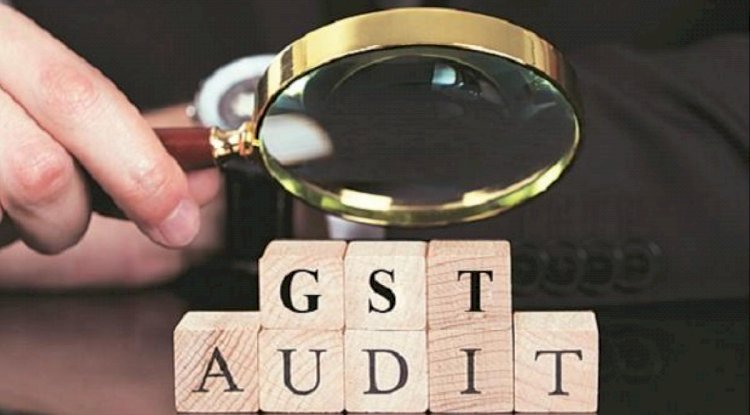
Audit by GST Tax Authorities
Goods and Service tax or GST will be one tax to subsume all taxes. It will bring in the “One nation one tax” regime. To maintain a check and examine whether correct GST is being paid and the refund is claimed, certain taxable persons will be subject to audit under GST.
- The Commissioner of CGST/SGST (or any officer authorized by him) may conduct an audit of a taxpayer. The frequency and manner of an audit will be prescribed later.
- A notice will be sent to the auditee at least 15 days before.
- The audit will be completed within 3 months from the date of commencement of the audit.
- The Commissioner can extend the audit period for a further six months with reasons recorded in writing.
Obligations of the Auditee
The taxable person will be required to:
- provide the necessary facility to verify the books of account/other documents as required
- to give information and assistance for timely completion of the audit.
Findings of Audit
On conclusion of an audit, the officer will inform the taxable person within 30 days of:
- the findings,
- their reasons, and
- the taxable person’s rights and obligations
If the audit results in detection of unpaid/short paid tax or wrong refund or wrong input tax credit availed, then demand and recovery actions will be initiated.
Special Audit
When can a special audit be initiated?
The Assistant Commissioner may initiate the special audit, considering the nature and complexity of the case and interest of revenue. If he is of the opinion during any stage of scrutiny/ inquiry/investigation that the value has not been correctly declared or the wrong credit has been availed then special audit can be initiated.
A special audit can be conducted even if the taxpayer’s books have already been audited before.
Who will order and conduct a special audit?
The Assistant Commissioner (with the prior approval of the Commissioner) can order for special audit (in writing). The special audit will be carried out by a chartered accountant or a cost accountant nominated by the Commissioner.
Time limit for special audit
The auditor will have to submit the report within 90 days. This may be further extended by the tax officer for 90 days on an application made by the taxable person or the auditor.
Cost
The expenses for examination and audit including the auditor’s remuneration will be determined and paid by the Commissioner.
Findings of special audit
The taxable person will be given an opportunity of being heard in findings of the special audit.
If the audit results in detection of unpaid/short paid tax or wrong refund or input tax credit wrongly availed then demand and recovery actions will be initiated.
Thus, GST is a completely new tax regime already taking India by storm. Businesses will face challenges in transition and application of GST. To know more about GST, feel free to read more of our articles on our blog.
What's Your Reaction?








